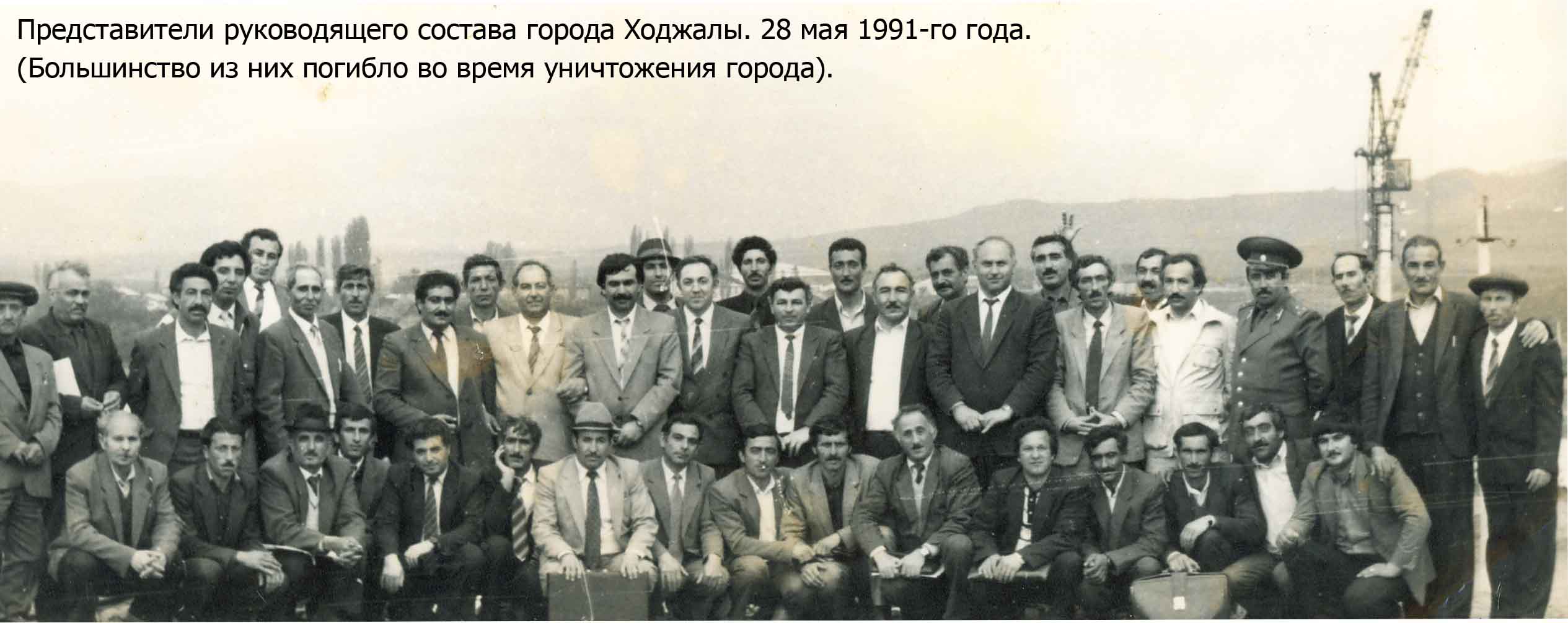KHOJALY: A few months before the genocide
BACKGROUND
Khojaly is a small city located in the currently occupied Nagorno-Karabakh
region of Azerbaijan. Before its occupation, it was entirely populated by
Azerbaijanis. From the very beginning of the Armenian-Azerbaijani conflict, the
Armenian side had been planning occupation of Khojaly for a number of reasons.
For example, the only airport of Karabakh was located in Khojaly; it also had
geostrategic importance for both Azerbaijanis and Armenians since it was located
in the middle of the highway connecting Agdam with Shusha and Asgaran with
Khankendi (Stepanakert). Besides, Khojaly was one of the largest settlements in
Karabakh predominantly populated by Azerbaijanis.
 At the beginning of the conflict, Khojaly located nine kilometers to the
northeast of Khankendi (Stepanakert) became the second home for the Azerbaijanis
deported from Armenia, Khankendi (Stepanakert) and other Azeri settlements in
other parts of Nagorno-Karabakh. In connection with interethnic violence, 54
Ahiska (Meshetian) Turk families deported from Uzbekistan, had taken refuge in
this city, as well. At the beginning of the conflict, Khojaly located nine kilometers to the
northeast of Khankendi (Stepanakert) became the second home for the Azerbaijanis
deported from Armenia, Khankendi (Stepanakert) and other Azeri settlements in
other parts of Nagorno-Karabakh. In connection with interethnic violence, 54
Ahiska (Meshetian) Turk families deported from Uzbekistan, had taken refuge in
this city, as well.
In 1991, the population of Khojaly was 6,300 people. In October of the same
year, the territory around Khojaly under Azerbaijani control began to shrink as
Armenians have blocked the main road from Khojaly to Agdam. From then on, the
communication with the city was limited to helicopter flights only. But the air
transportation wasn’t safe either, since the Armenian separatists systematically
opened fire at civilian helicopters.
While in Khojaly at the time, the American journalist Thomas Goltz described
the situation as follows: “…there were no working phones in Xodjali [Khojaly],
no working anything – no electricity, no heating oil, and no running water. The
only link with the outside world was the helicopter – and those were under
threat with each run”.
The last helicopter landed in Khojaly on 13th of February and managed to
transport out less than 300 persons.
According to the British journalist Thomas de Waal, in February, 1992, nearly
three thousand civilians remained in Khojaly. The Russian human rights
organization “Memorial” reported that the amount of remaining civilians could
reach as many as 4 thousand people.
The city was being defended by the so-called OMON (special police force),
volunteers and soldiers of the National Army; total number of the city defenders
was just a little more than a hundred.
The Human Rights Watch (HRW) which had conducted its own investigation,
concluded that in winter months of 1991-1992, Khojaly was subjected to regular
artillery fire, with the main shelling taking place during night hours. The
investigation also revealed that the main targets were the civilian objects,
leading to deaths of many civilians.
After complete blockade of Khojaly both from land and air, and having lost
their hope, the residents of the town awaited the Armenian attack.
|
